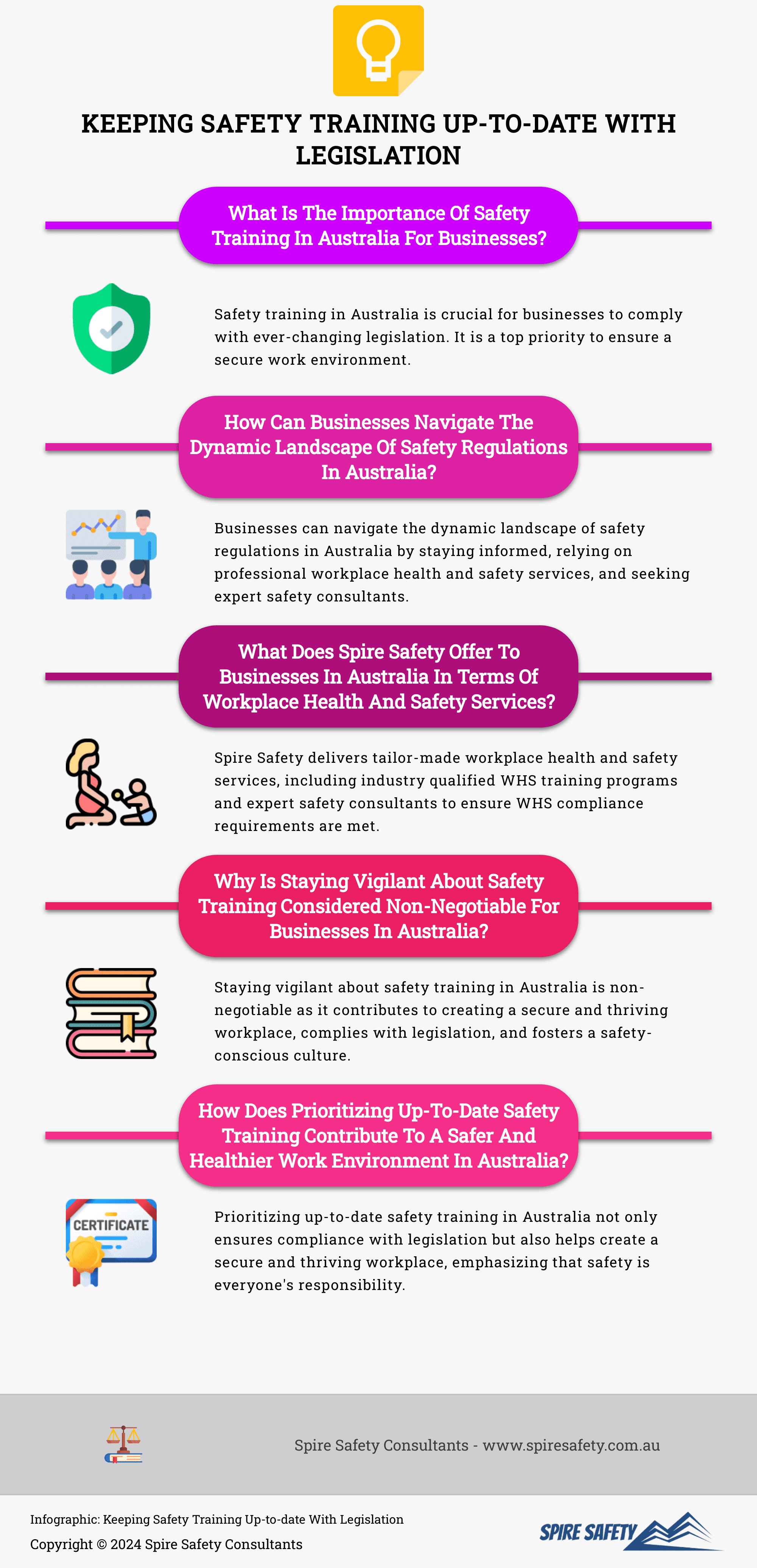Keeping Safety Training Up-to-date With Legislation In Australia
Key Takeaways
Staying on top of safety training in Australia is crucial for businesses to comply with ever-changing legislation. This article provides valuable insights, actionable tips, and real-life examples to help you navigate the dynamic landscape of safety regulations.
Introduction
In Australia, workplace safety is a top priority, and keeping safety training up-to-date with legislation is essential for businesses to thrive.
With regulations evolving, staying informed is not just a legal obligation but a commitment to creating a secure work environment.
Let’s delve into the details of how you can ensure your safety training aligns with the latest legislation.
Understanding the Regulatory Landscape
- Work Health and Safety Act (WHS Act): The foundation of safety regulations in Australia, the WHS Act, outlines the legal framework for ensuring the health and safety of workers.
- Codes of Practice: Complementary to the WHS Act, codes of practice provide practical guidance on how to meet specific safety requirements in various industries.
Why Up-to-Date Safety Training Matters
- Legal Compliance: Regularly updating safety training ensures compliance with the latest laws, protecting your business from legal consequences.
- Employee Well-being: Well-trained employees contribute to a safer workplace, reducing the risk of accidents and injuries.
- Regular Audits and Assessments: Conduct regular audits to identify gaps in your safety training program and assess its effectiveness.
- Subscribe to Regulatory Updates: Stay informed about legislative changes by subscribing to government newsletters and updates.
The Role of Technology in Safety Training
- E-learning Platforms: Utilize online platforms for convenient and accessible safety training, making it easier to update content promptly.
- Virtual Reality (VR) Training: Embrace VR technology for immersive safety training experiences, simulating real-life scenarios.
Advice & Actionable Tips
- Stay Informed: Establish a system for regular updates on legislative changes relevant to your industry.
- Tailor Training Programs: Customize safety training to address industry-specific risks and compliance requirements.
- Employee Involvement: Engage employees in the training process, encouraging a culture of safety awareness.
- Utilize Third-Party Experts: Seek assistance from safety consultants to ensure your training aligns with the latest regulations.
Real-Life Examples and Case Studies
- Case Study: Construction Industry Success: Explore how a construction company revamped its safety training, reducing incidents and improving compliance.
- Retail Sector Best Practices: Learn from a retail giant’s approach to keeping safety training current amidst rapid industry changes.
FAQ Section
Q1: How often should safety training be updated?
Regular updates are necessary, at least annually or whenever there is a significant legislative change.
Q2: What are the consequences of non-compliance?
Non-compliance can result in hefty fines, legal actions, and reputational damage.
Q3: How can technology enhance safety training?
Technology, such as e-learning platforms and VR training, improves accessibility and engagement in safety training.
Conclusion
In conclusion, staying vigilant about safety training in Australia is a non-negotiable aspect of running a successful and responsible business. By embracing technological advancements, regularly updating training programs, and fostering a safety-conscious culture, you not only comply with legislation but also create a secure and thriving workplace.
Article Sources & Further Reading
- Safe Work Australia. (https://www.safeworkaustralia.gov.au/)
- Australian Government Comcare. (https://www.comcare.gov.au/)
- WorkSafe Victoria. (https://www.worksafe.vic.gov.au/)
Remember, safety is everyone’s responsibility, and by prioritizing up-to-date safety training, you contribute to a safer and healthier work environment.









